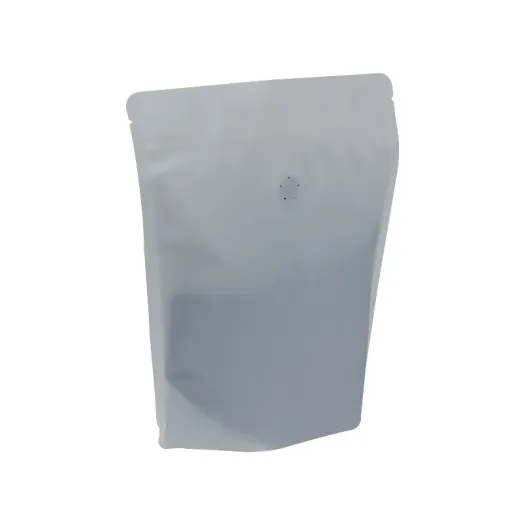- Afrikaans
- Albanian
- Amharic
- Arabic
- Armenian
- Azerbaijani
- Basque
- Belarusian
- Bengali
- Bosnian
- Bulgarian
- Catalan
- Cebuano
- chinese_simplified
- chinese_traditional
- Corsican
- Croatian
- Czech
- Danish
- Dutch
- English
- Esperanto
- Estonian
- Finnish
- French
- Frisian
- Galician
- Georgian
- German
- Greek
- Gujarati
- haitian_creole
- hausa
- hawaiian
- Hebrew
- Hindi
- Miao
- Hungarian
- Icelandic
- igbo
- Indonesian
- irish
- Italian
- Japanese
- Javanese
- Kannada
- kazakh
- Khmer
- Rwandese
- Korean
- Kurdish
- Kyrgyz
- Lao
- Latin
- Latvian
- Lithuanian
- Luxembourgish
- Macedonian
- Malgashi
- Malay
- Malayalam
- Maltese
- Maori
- Marathi
- Mongolian
- Myanmar
- Nepali
- Norwegian
- Norwegian
- Occitan
- Pashto
- Persian
- Polish
- Portuguese
- Punjabi
- Romanian
- Russian
- Samoan
- scottish-gaelic
- Serbian
- Sesotho
- Shona
- Sindhi
- Sinhala
- Slovak
- Slovenian
- Somali
- Spanish
- Sundanese
- Swahili
- Swedish
- Tagalog
- Tajik
- Tamil
- Tatar
- Telugu
- Thai
- Turkish
- Turkmen
- Ukrainian
- Urdu
- Uighur
- Uzbek
- Vietnamese
- Welsh
- Bantu
- Yiddish
- Yoruba
- Zulu
is ethylene vinyl acetate safe
Is Ethylene Vinyl Acetate Safe?
Ethylene Vinyl Acetate (EVA) is a copolymer made from ethylene and vinyl acetate, widely used in various applications due to its flexibility, durability, and adhesive properties. It can be found in products ranging from footwear and packaging materials to toys and medical devices. As its use has grown, the question of its safety has come to the forefront of consumer concerns.
Understanding EVA
EVA is a thermoplastic polymer that combines the best attributes of both ethylene and vinyl acetate
. The material is known for its excellent clarity, good tensile strength, and electric insulation properties. Because of these qualities, it is commonly used in the production of films, foams, sheets, and coatings.One of the significant advantages of using EVA is its strong flexibility, making it a popular choice for designing soft and flexible products, such as in the athletic footwear industry. Its ability to reduce stress and impact has also made it a favorite material for protective gear.
Safety Concerns
When evaluating the safety of EVA, it's essential to consider its manufacturing process and potential chemical exposures. EVA itself is generally regarded as non-toxic and safe for use; however, the context in which it is used can influence its safety profile.
For instance, the FDA has approved EVA as a food-contact material, which suggests that it does not leach harmful substances when used in applications involving food. This is a crucial factor, as many consumers are concerned about the safety of materials that come into direct contact with food items.
is ethylene vinyl acetate safe

In industrial applications, EVA may be processed with additives or other chemicals that could raise safety concerns. For example, certain plasticizers used to enhance the material's flexibility can be classified as harmful. It is important to ensure that the EVA products you choose are free from harmful additives, particularly if they are to be used by children or in situations that involve food contact.
Environmental Considerations
Another dimension of EVA's safety relates to its environmental impact. EVA is not biodegradable, which raises concerns about its long-term ecological footprint. The accumulation of plastic waste is an ongoing environmental issue, and while EVA can be recycled, the recycling rates are not as high as for other materials like PET or HDPE.
The incineration of EVA can release harmful emissions if not done correctly, so it's crucial that consumers dispose of EVA products responsibly. Initiatives promoting sustainable manufacturing and recycling options can help mitigate these concerns.
Conclusion
In summary, Ethylene Vinyl Acetate is generally considered safe for a wide range of applications, particularly when used in compliance with safety regulations. However, consumers need to be diligent in sourcing high-quality EVA products that do not contain harmful additives. Additionally, being mindful of the environmental implications of EVA use is necessary to balance safety with sustainability.
Overall, while EVA offers numerous benefits in terms of versatility and functionality, awareness of its composition and lifecycle can help consumers make informed decisions about its use in their daily products. As the industry continues to evolve towards more sustainable practices, the future may hold even safer and more eco-friendly alternatives to conventional EVA.













